Introduction & Analysis
This collection of open-source English-language news articles published over the past week highlights significant events and issues concerning Myanmar. They present a snapshot of the country's safety and security landscape.
Based on the sources, the safety and security situation in Myanmar remains highly precarious, marked by ongoing violence, including the junta's air attacks and clashes in multiple regions, sometimes targeting civilian areas. Safety has significantly worsened in junta-controlled urban wards, such as in Lashio City, where residents report a crime wave and constant fear. Severe human rights violations persist, including forced conscription, torture, and sexual violence in regime-run areas. Compounding the crisis, humanitarian aid is being restricted and weaponized by the State Administration Council (SAC), preventing critical assistance from reaching earthquake survivors and displaced populations. The support system for refugees is also being crippled by funding cuts, leading to reduced essential services like healthcare and shelter for vulnerable populations. Furthermore, the security landscape is being reshaped by external actors, with China acting as a mediator-enforcer and increasing its influence, particularly visible in monitoring and reconfiguring control dynamics in areas like Lashio following brokered deals.
Conflict
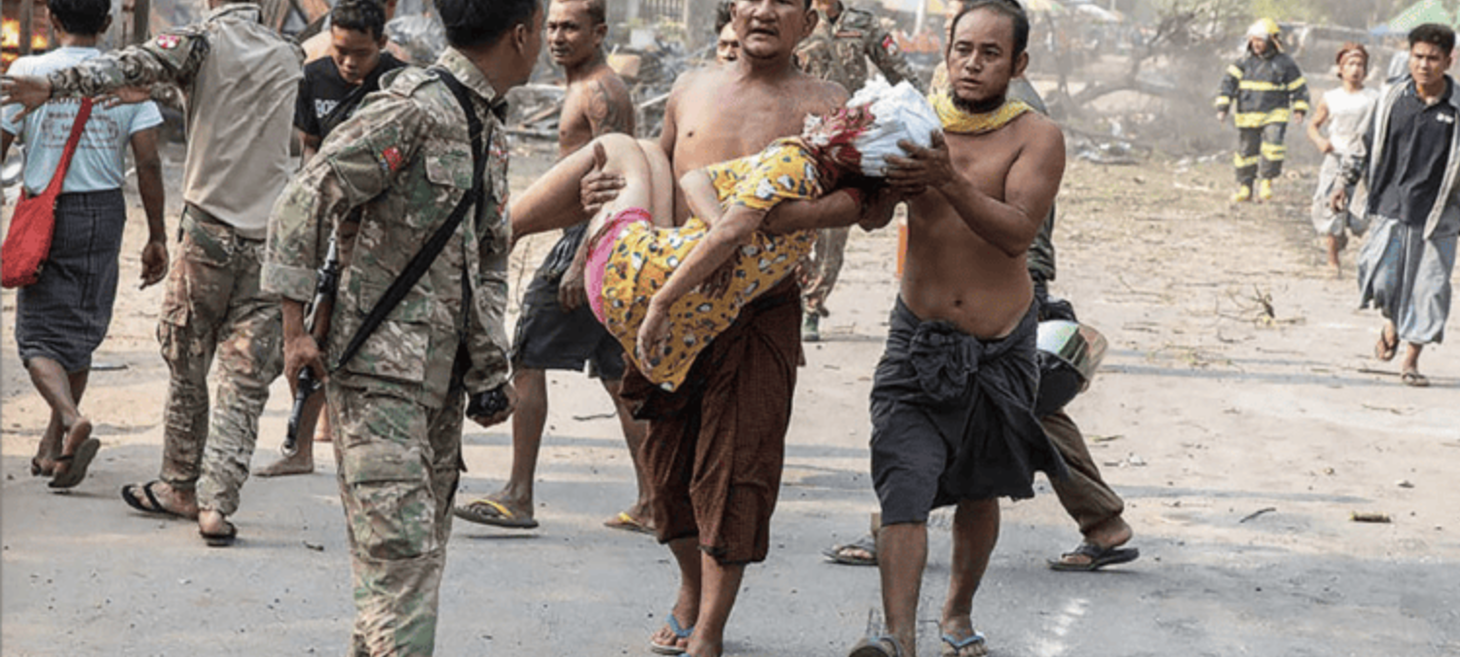
Myanmar: a country at war with itself
Myanmar is currently experiencing a brutal civil war, which escalated following the military coup in February 2021 that ended a period of tentative democratic rule under Aung San Suu Kyi and the NLD. Four years into this conflict, the military junta controls major cities and roughly a third of the country, while the anti-regime National Unity Government (NUG) and various ethnic resistance groups hold sway over rural areas and significant territory. The conflict has resulted in a dire humanitarian crisis, characterized by a collapsed economy, degraded public services, widespread repression, torture, thousands killed, and tens of thousands imprisoned for political reasons. A devastating earthquake in March 2025 further exacerbated the situation, destroying homes, hospitals, and infrastructure, hindering vital humanitarian aid efforts, and adding to the death toll which exceeded 5,000. The country also faces long-standing ethnic conflicts, including the brutal crackdown against the Rohingya minority described as ethnic cleansing, and the conflict is increasingly influenced by the struggle for control over lucrative resources like rare earth minerals, which fuels both sides and has become a geopolitical flashpoint.
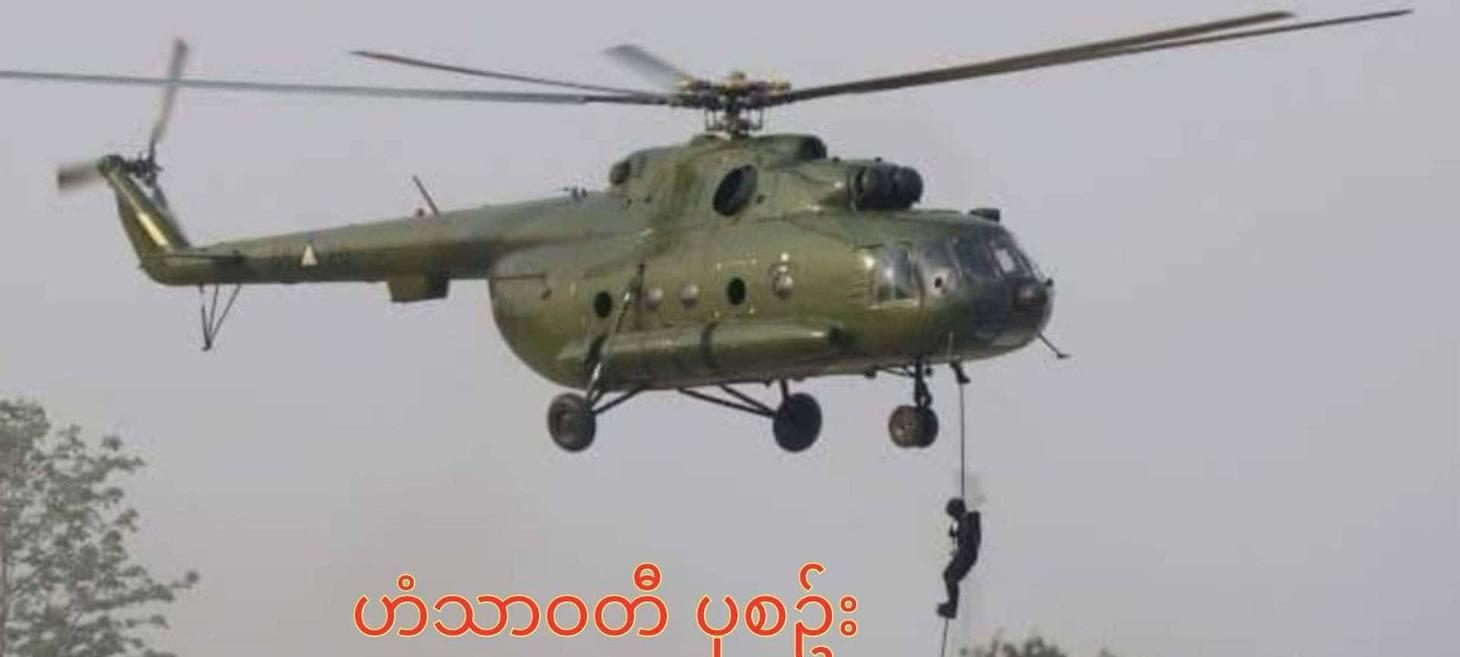
Resistance Forces Down Junta Helicopter
Based on the sources, a junta Mi-35 attack helicopter conducting airstrikes on villages in southern Kale Township, Sagaing Region, was hit by ground fire from resistance forces on April 29, 2025. The southern resistance groups reported that the helicopter was hit by a .50 calibre machine gun and had to make an emergency landing in Hanthawaddy Village, Gangaw Township, Magway Region. It was confirmed that the helicopter was hit but did not crash. This incident occurred amidst ongoing conflict in the area, where the Chin National Army (CNA) and its allies captured Kyanthar Village on April 11, 2025, and subsequently defended it against a large junta attack that began on April 25, 2025. Junta aircraft have been bombing multiple villages in southern Kale Township, including Natchaung, Natmyaung, Ngapha, Aungchanthar, and Waibula villages, resulting in reported casualties. This follows earlier resistance captures of locations in southern Kale Township in February 2025, which were also accompanied by airstrikes that forced thousands to flee.
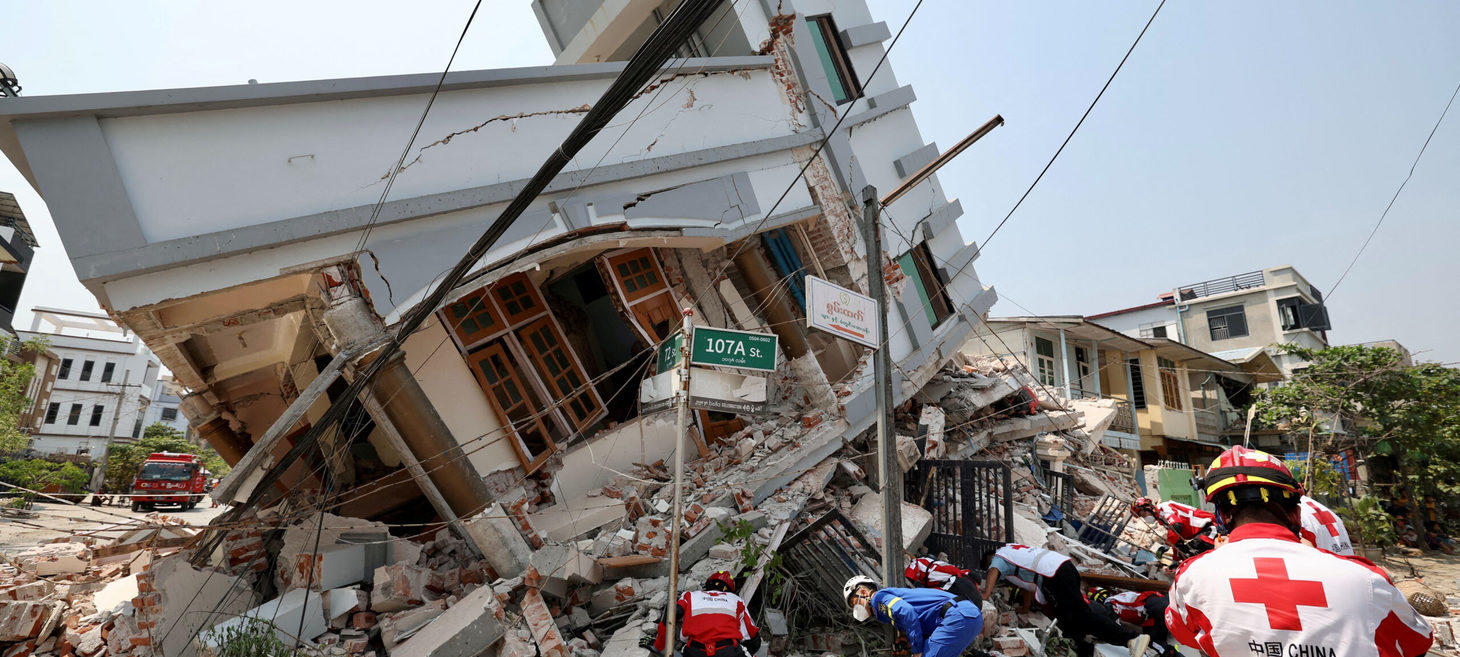
Open Sources Show Myanmar Junta Airstrike Damages Despite Post-Earthquake Ceasefire
Drawing on the provided sources, Bellingcat's investigation reveals that the Myanmar military junta conducted airstrikes on at least 22 villages despite declaring a temporary ceasefire from April 2 to April 22 (later extended to April 30) following a powerful earthquake that struck Myanmar on March 28, 2025. These attacks, often targeting civilian areas, schools, and religious sites which are protected under international humanitarian law, occurred in regions significantly affected by the earthquake, such as Sagaing and Mandalay. Sources suggest the military's actions aim to terrorize civilians supporting the anti-junta resistance and disrupt the rebels' supply lines. While the ceasefire was ostensibly declared to facilitate aid, reports indicate the junta is restricting humanitarian assistance, especially to areas outside its control, effectively "weaponising humanitarian assistance" during a critical period of need compounded by the ongoing civil conflict.

As China-brokered deal reshapes control of Lashio, residents are left in limbo
In a significant development, Lashio, the largest city in northern Shan State, was partially handed over to Myanmar's military junta by the Myanmar National Democratic Alliance Army (MNDAA) on April 21, under a China-brokered agreement. While the exact terms remain undisclosed by officials, sources report that the junta will retain control of 12 urban wards, with the MNDAA (also known as the Kokang army) governing more than 450 surrounding villages. The agreement also imposes restrictions on military deployments based on newly drawn boundaries and includes the establishment of a Chinese monitoring office in the city.
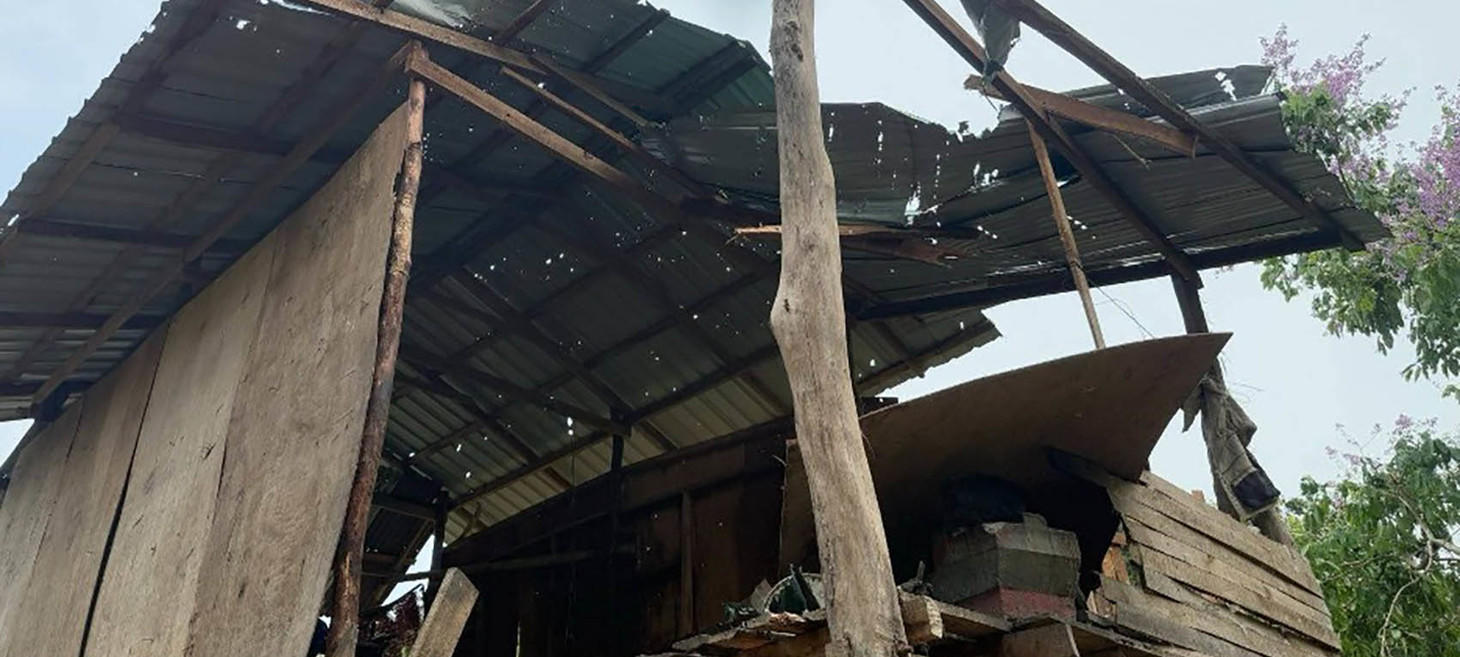
Myanmar Junta’s Phony Quake Truce Masks Civilian Bloodbath: KNU
Drawing on the provided sources, Myanmar’s military regime declared a "quake truce" from April 2 to 22, later extended, following an earthquake, which the Karen National Union (KNU) believed was intended to attract international relief aid. Despite this declared pause, the regime reportedly conducted numerous attacks on civilian targets in areas controlled by ethnic revolutionary groups and resistance forces. The KNU documented around 110 primarily air and artillery attacks in their territory during the truce period, resulting in civilian deaths, injuries, and damage to homes, Buddhist monasteries, and a church. Similarly, the Arakan Army (AA) reported 409 attacks in Rakhine State, and over 100 additional airstrikes targeted civilian areas across other regions and states, causing multiple casualties. The KNU characterized the regime's actions as deceptive, like "displaying a goat’s head but selling dog meat," as attacks continued against anti-regime groups and civilians despite the declared pause.
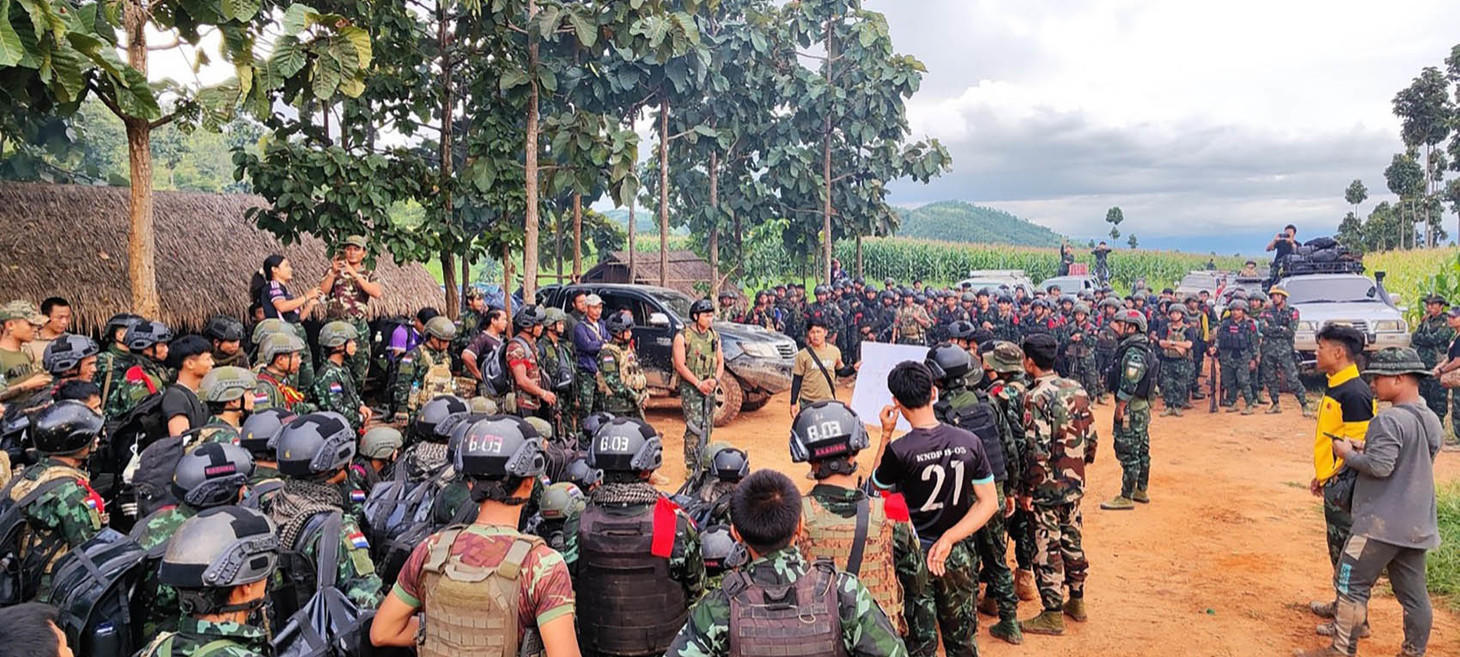
Myanmar Junta Attacks Resistance Shan Stronghold
The sources describe recent intense fighting for control of Mobye town in southern Shan State, which is being attacked by Myanmar's junta after resistance groups, including the KNDF and Southern Shan PDF, had previously seized it in November 2023. The junta's offensive began on Sunday with troops advancing from the north, leading to clashes that resulted in casualties on both sides, including the death of a resistance fighter and a resident. Fighting intensified on Monday with a larger number of regime troops advancing, supported by shelling and airstrikes from nearby bases, resulting in the regime seizing a resistance base and taking control of the town’s entrances. While three resistance fighters were injured on Monday, resistance groups claimed approximately 15 regime troops were killed or injured. As of Tuesday, clashes had reportedly stopped, but both sides were preparing for further conflict, and residents were urged to avoid travelling around Mobye. The regime has been attempting to recapture Mobye since early 2025.
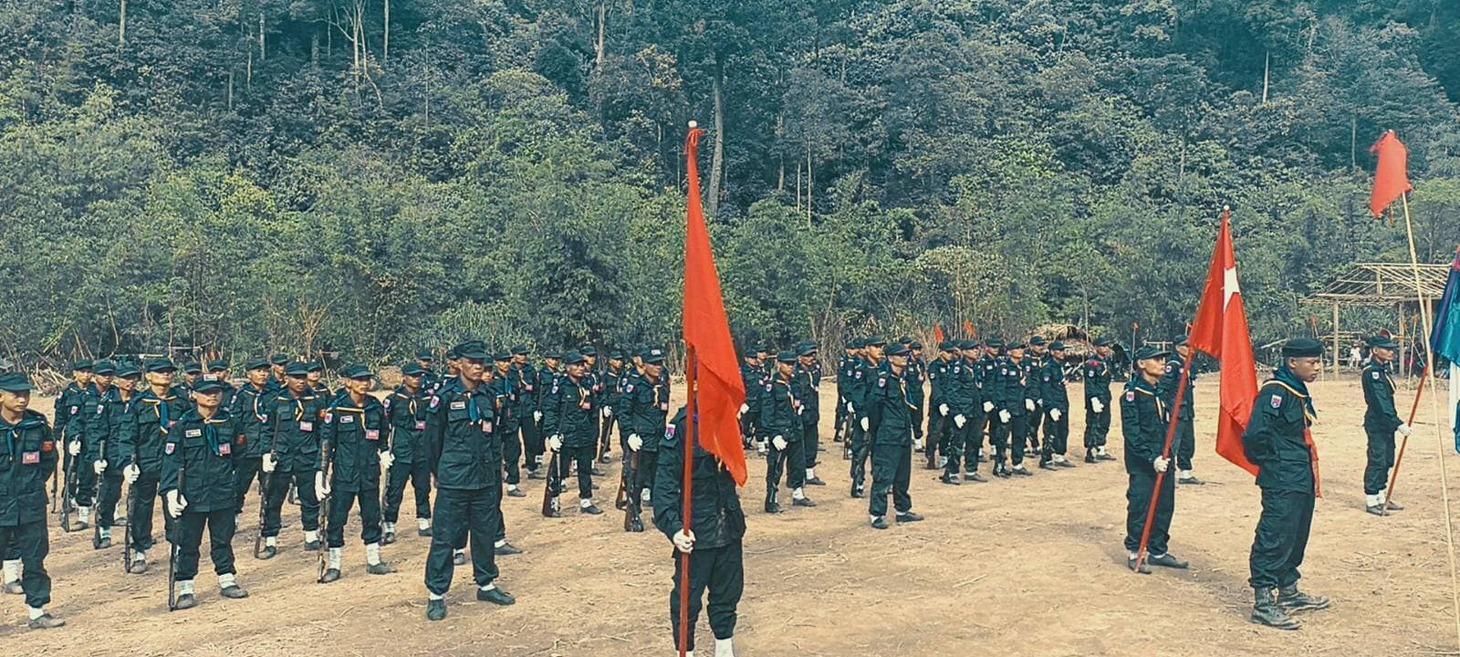
Clashes in Myanmar’s southernmost region disrupt traffic on crucial route
Based on the sources, traffic has been severely restricted on the crucial Myeik-Dawei road in Myanmar’s southernmost Tanintharyi Region this week due to ongoing clashes between junta forces and resistance groups in Thayetchaung Township. Fighting near the police station in Win Wa village, located near the road, has blocked freight trucks and passenger buses, with an alliance of Karen National Liberation Army (KNLA) and People’s Defence Force (PDF) fighters assaulting the station since April 18. The disruption is so significant that even small cars face difficulty, leading some passengers to use a water route to Myeik and Dawei, while a naval ship offshore provides artillery support to the army troops, and there are reports of shortages of food and antimalarial drugs, and several cholera cases among the displaced near recent battle sites.
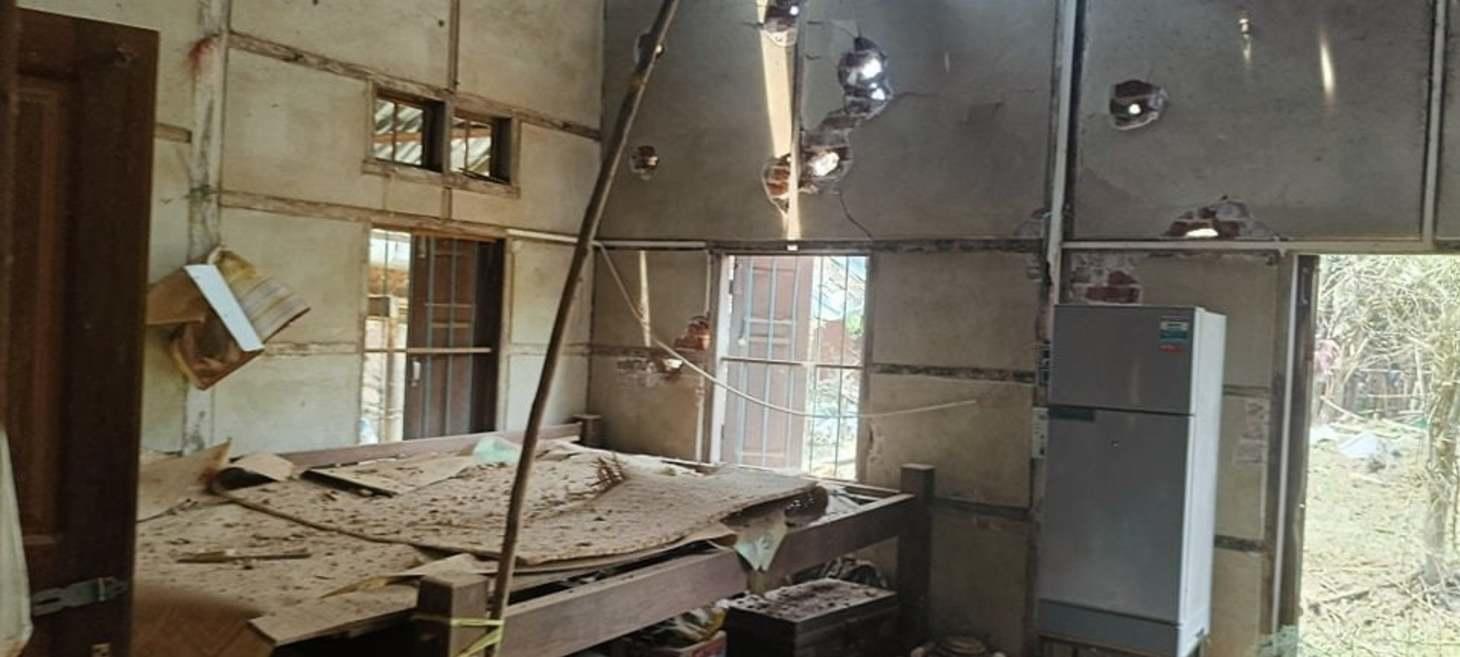
Investigators document 80 air attack incidents since Myanmar earthquake, despite junta ceasefire
Despite a temporary ceasefire declared by the Myanmar junta (SAC) on April 2, 2025, following a devastating earthquake on March 28, investigators at the Centre for Information Resilience (CIR) Myanmar Witness project documented 80 air attack incidents between March 28 and April 24, 2025. These incidents, including potential airstrikes and paramotor attacks, occurred across 12 states and regions, impacting 51 townships. Notably, 65 of these incidents were recorded after the ceasefire declaration on April 2. Attacks continued even during a national mourning period announced by the SAC and in emergency-declared areas. Documented incidents reportedly resulted in dozens of civilian casualties, including women and children, and significant infrastructure damage. Myanmar Witness compiled this data using open-source material, though connectivity issues in some regions hinder timely reporting and verification of all incidents. The scale and timing of the continued attacks raise serious doubts about the SAC's sincerity in declaring the ceasefire.
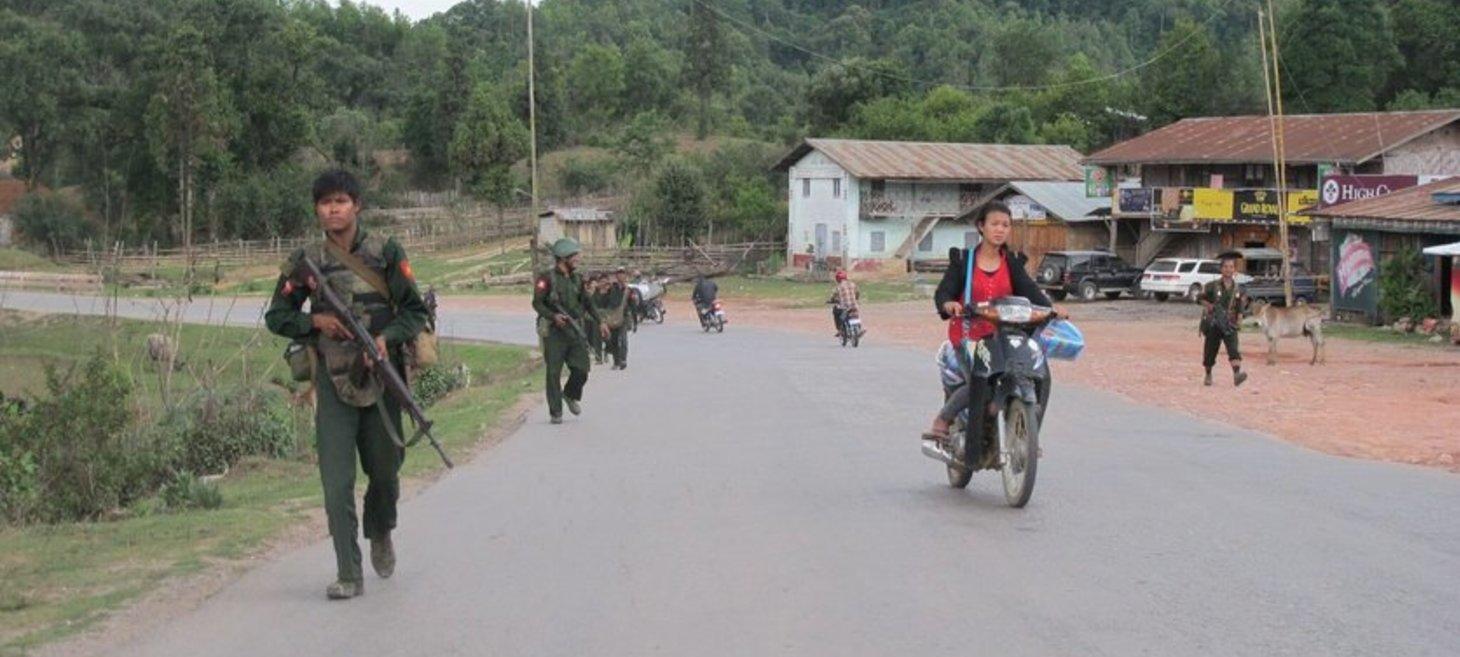
Violence in Myanmar: women targeted by the military and resistance groups
Since the military coup in 2021, women in Myanmar have faced massive violence, contributing to the country ranking poorly (165 out of 177) globally and worst in East Asia and the Pacific for women's peace and security, with the conflict intensifying their vulnerability. The escalating conflict between the State Administration Council (SAC), People’s Defense Forces (PDF), and Ethnic Armed Organizations (EAOs) has exacerbated pre-existing gender-based violence, leading to over 3.5 million internally displaced people by February 2025, driven by the absence of the rule of law and economic hardship. Violence against women is perpetrated by the Burmese Military (Tatmadaw), Resistance Forces (PDFs, EAOs, NUG-affiliated groups), and even civilians, including relatives. Specific acts by the military include airstrikes, land-mining, burning women alive, rape (including gang rape), torture in detention, sexual harassment/assault, forced conscription, and abduction, targeting victims like persons with disabilities and underage girls. Resistance groups have also been reported to commit rape (including gang rape), sexual assault/harassment, and forced conscription of women and girls, including those under 18. Survivors experience severe physical and emotional consequences, such as permanent disabilities, psychological trauma, social isolation, and ostracisation, sometimes forcing them to relocate. Justice for crimes, especially those committed by SAC soldiers, is almost nonexistent due to the ingrained culture of impunity within the military, though accessibility varies by location, highlighting the need for support for alternative justice mechanisms and women's organizations.

Myanmar Junta Offensive Seeks to Secure Kachin’s Jade Mining Hub
The regime has launched a major offensive on the Kachin Independence Army (KIA) and allied troops besieging the jade mining hub of Hpakant in Kachin State. As many as 1,000 junta troops are advancing on Hpakant from Kamaing and Mohnyin, using air raids to clear routes for ground troops. Clashes have occurred in areas including Indawgyi, Sanwinkone near Nan Mun town, two villages near Kamaing, and on the outskirts of Kamaing, with regime troops supported by allied militias like the Shanni Nationalities Army (SNA) and Warazup militias. This offensive follows successful actions by the KIA and allies last year that captured positions, effectively isolating Hpakant. Simultaneously, clashes continue in southern Kachin State as the regime defends the district town of Bhamo, with both ground and aerial attacks occurring in Hpakant Township and Bhamo. Despite a nominal ceasefire declaration after a recent earthquake, the regime has continued aerial bombings, which have damaged a hospital.
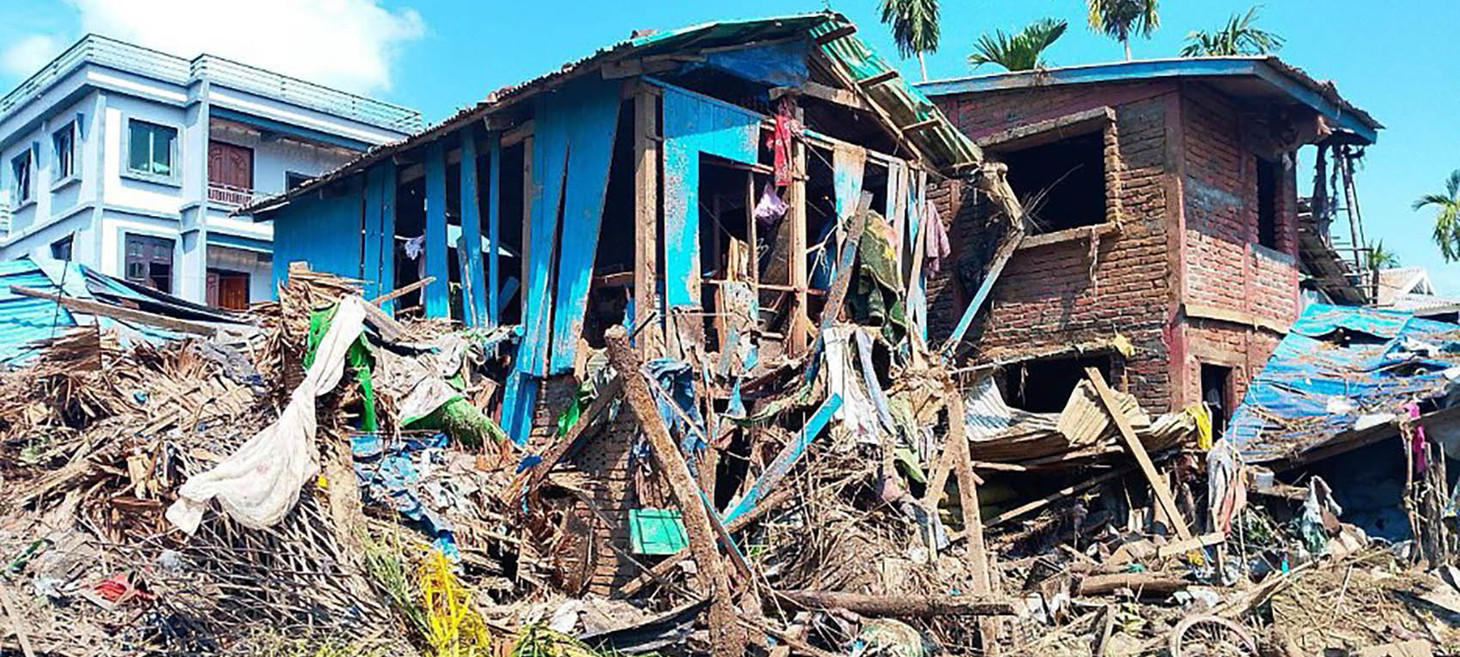
Myanmar Junta Pounds Rakhine Towns Despite ‘Ceasefire’
According to the sources, the Myanmar regime conducted numerous attacks across the country despite declaring a 20-day earthquake ceasefire from April 2 to 22. Specifically, the Humanitarian and Development Coordination Office (HDCO) of the United League of Arakan (ULA) reported 409 attacks on Arakan Army (AA)-controlled townships in Rakhine State during this ceasefire period. These assaults involved fighter jets, drones, naval boats, and artillery, targeting civilians and resistance in areas held or encircled by the AA, resulting in at least one civilian death and 28 injuries in Rakhine, as well as the destruction of buildings. Beyond Rakhine, the regime also reportedly carried out approximately 150 airstrikes and artillery attacks in 11 other regions and states, mostly on civilian targets, leading to over 80 deaths and more than 120 injuries during the truce period. The HDCO condemned these actions as a blatant violation of international humanitarian law.
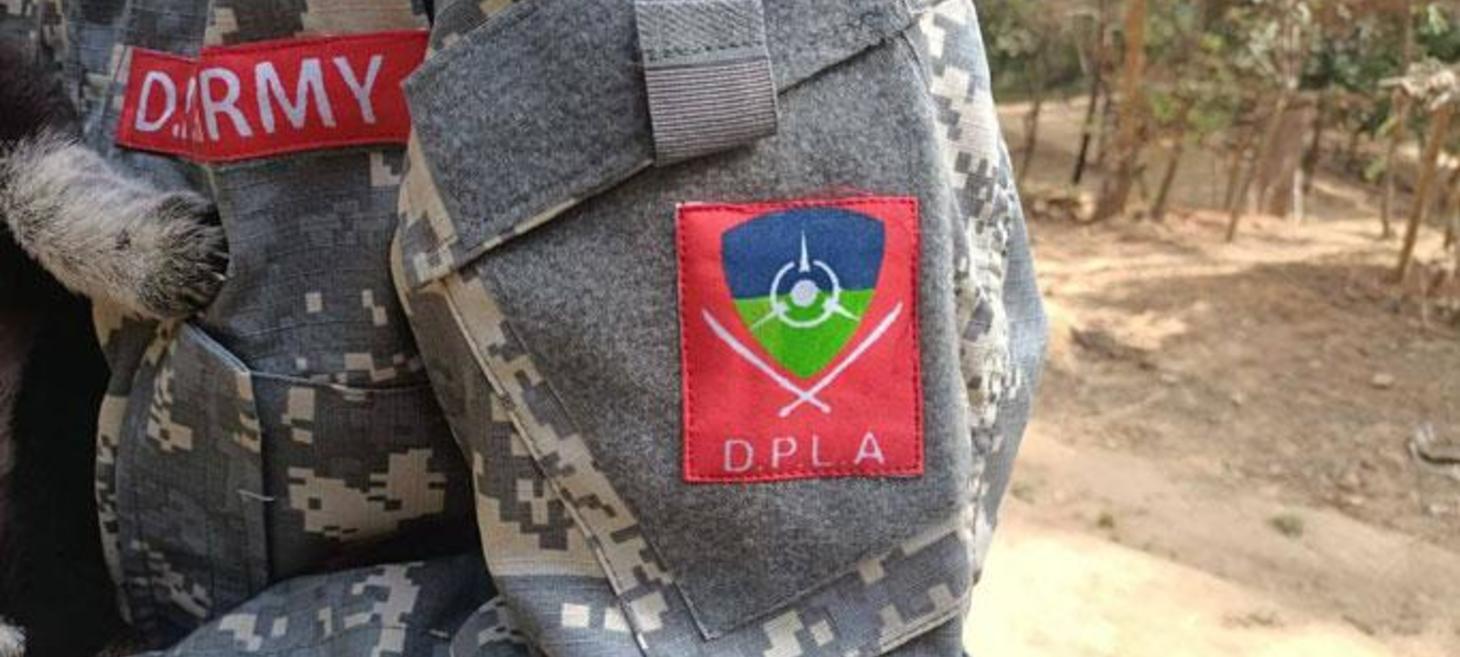
Junta Uses Chemical Weapons in Northern Shan State
Based on the provided sources, the Shan Herald Agency for News (SHAN) reported on April 25, 2025, that the Danu People’s Liberation Army (DPLA) accused the junta of using chemical weapons during its offensive on 20 April 2025, in the area of Tawngkham Village, Nawnghkio Township, northern Shan State. According to the report, junta aircraft dropped bombs with noxious chemicals on Ta’ang National Liberation Army (TNLA) and DPLA troops, resulting in symptoms such as dizziness, vomiting, trouble breathing, and a drop in blood pressure among some exposed soldiers. The sources note that this is not the first report of the junta using chemical weapons, mentioning previous instances in Shan State in February 2025 and Mawdaung Town on 7 April 2025. Notably, these alleged military operations, including the chemical weapon use, continued despite the junta declaring a unilateral ceasefire from 2 to 22 April for earthquake relief. The sources also highlight other recent news and opinions published by SHAN, covering topics like a crimewave in Lashio, military restrictions on trucks, post-earthquake struggles in Inle, and various political developments and conflicts within Myanmar.
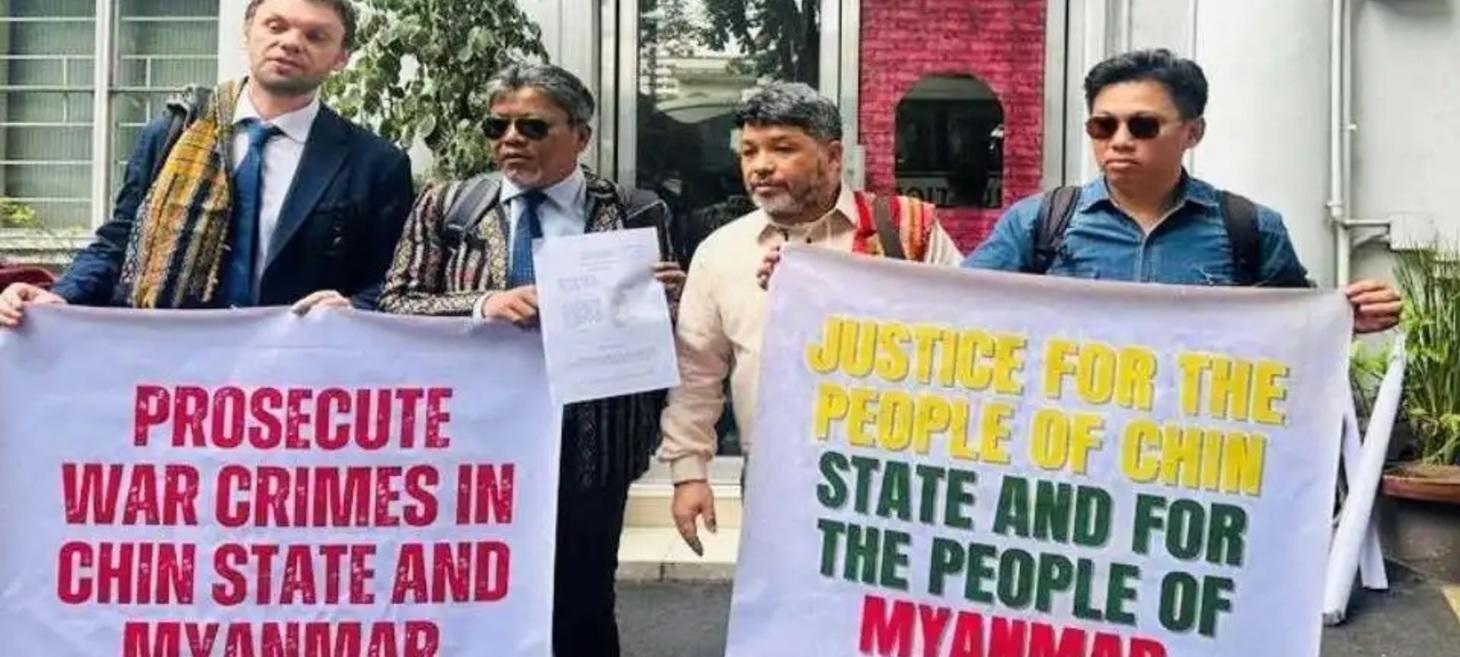
Bombings show Myanmar junta’s ‘contempt for life, faith, and the laws of war’
The Myanmar junta destroyed a Baptist church in Chin state on April 13th, marking the third attack on church buildings in five days and violating a ceasefire the junta had declared for earthquake relief efforts. The attacks included an air strike on Christ the King Catholic Church in Falam township on April 8th and another aerial attack in Mindat town on April 9th that killed six civilians, including an eight-month-old baby and a pastor, and damaged the Assembly of God church. Church sources and rights groups reported that the Myoma Baptist Church in Mindat and other buildings were severely damaged in the April 13th bombing. The Chin Human Rights Organisation described these actions as a cruel and calculated attempt by a desperate regime to reassert control by terrorizing the predominantly Christian population of Chin state, calling the bombing of villages, churches, and children in the middle of a humanitarian disaster a show of the junta’s utter contempt for life, faith, and the laws of war.
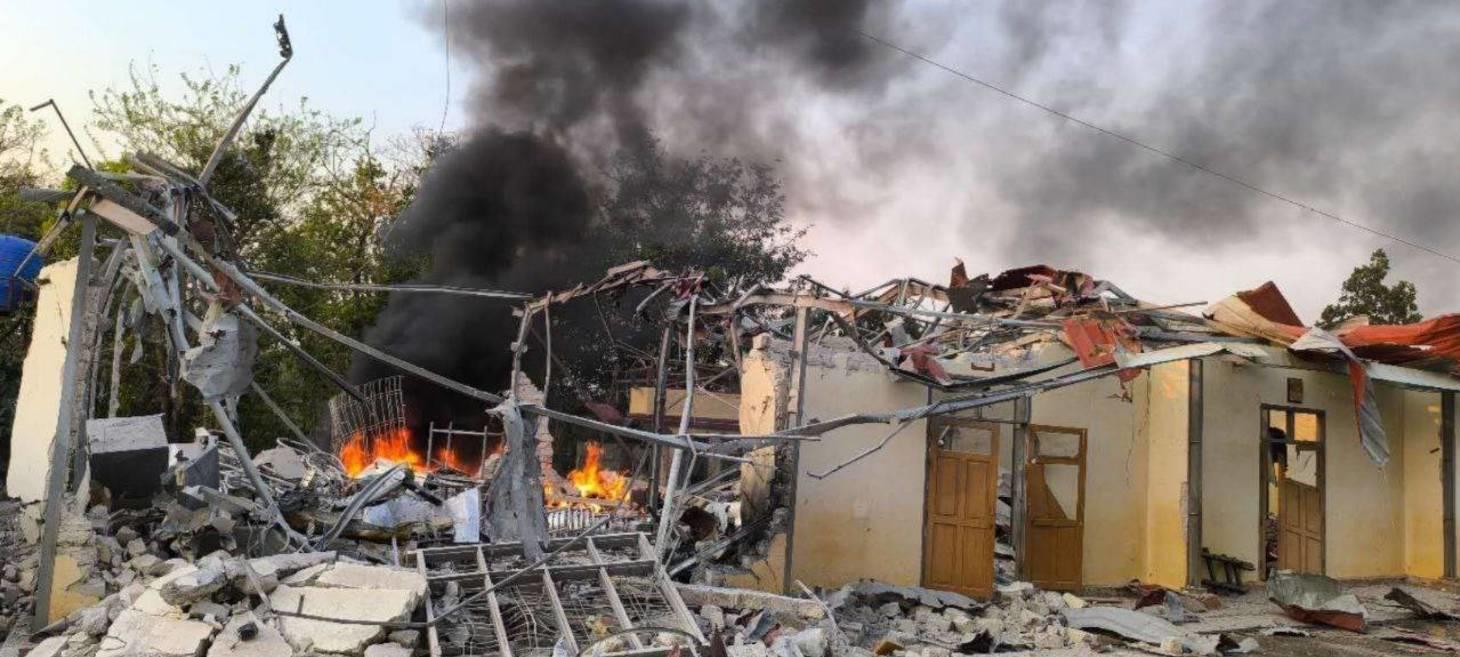
Myanmar junta continues attacks in northern Shan State despite ceasefire
Despite the Myanmar military regime's extension of a temporary post-quake ceasefire until April 30, clashes continue in and near Nawnghkio Township in northern Shan State. The Ta’ang National Liberation Army (TNLA) claimed that the junta carried out aerial assaults on Ohn Ma Thee village, southwest of TNLA-controlled Nawnghkio town, damaging at least five houses. Junta warplanes frequently target villages, particularly those near Bant Bway, a fortified defensive position in southern Nawnghkio Township, along the major trade route between Mandalay and Muse. Clashes also persist in Tawng Hkam village, located south of the town of Nawnghkio. An airstrike on Tuesday specifically targeted a village in Nawnghkio Township where junta forces had previously fired on Chinese aid workers earlier in April.
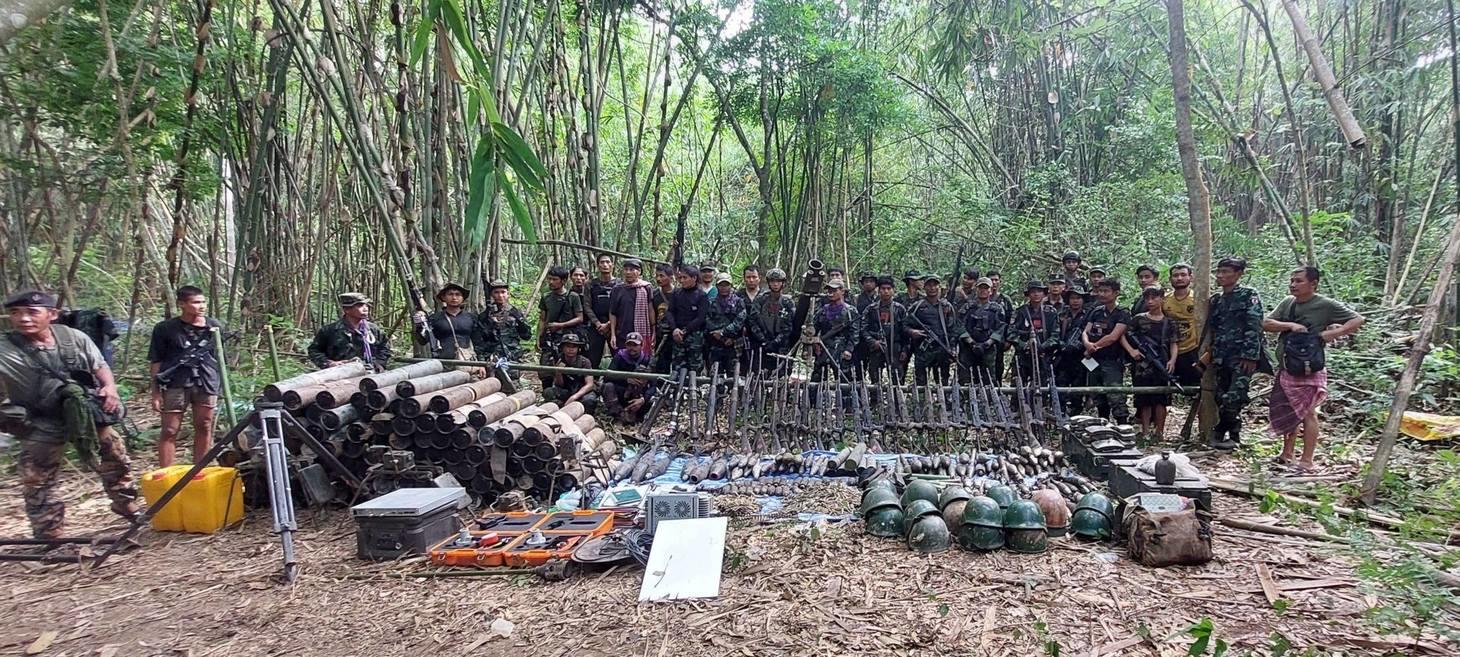
Karen forces resume attacks on junta forces on Thailand-Myanmar border
Forces led by the Karen National Liberation Army (KNLA), the armed wing of the Karen National Union (KNU), resumed attacks on junta positions near the border with Thailand after a pause during New Year’s festivities. These offensives were launched by various KNLA brigades in areas under their command, including Brigade 7 in Karen State’s Hlaingbwe Township, Brigade 6 in Karen State’s Kawkareik Township (also known as Dooplaya District), and Brigade 4 near Myeik and Dawei in Tanintharyi Region. Notably, anti-junta fighters reportedly shot a junta tactical operations commander dead after capturing him during a battle for a major hill base in Tanintharyi Region. The sources also state that there are seven KNU/KNLA brigades, each exercising control over a designated portion of the territory claimed by the KNU.
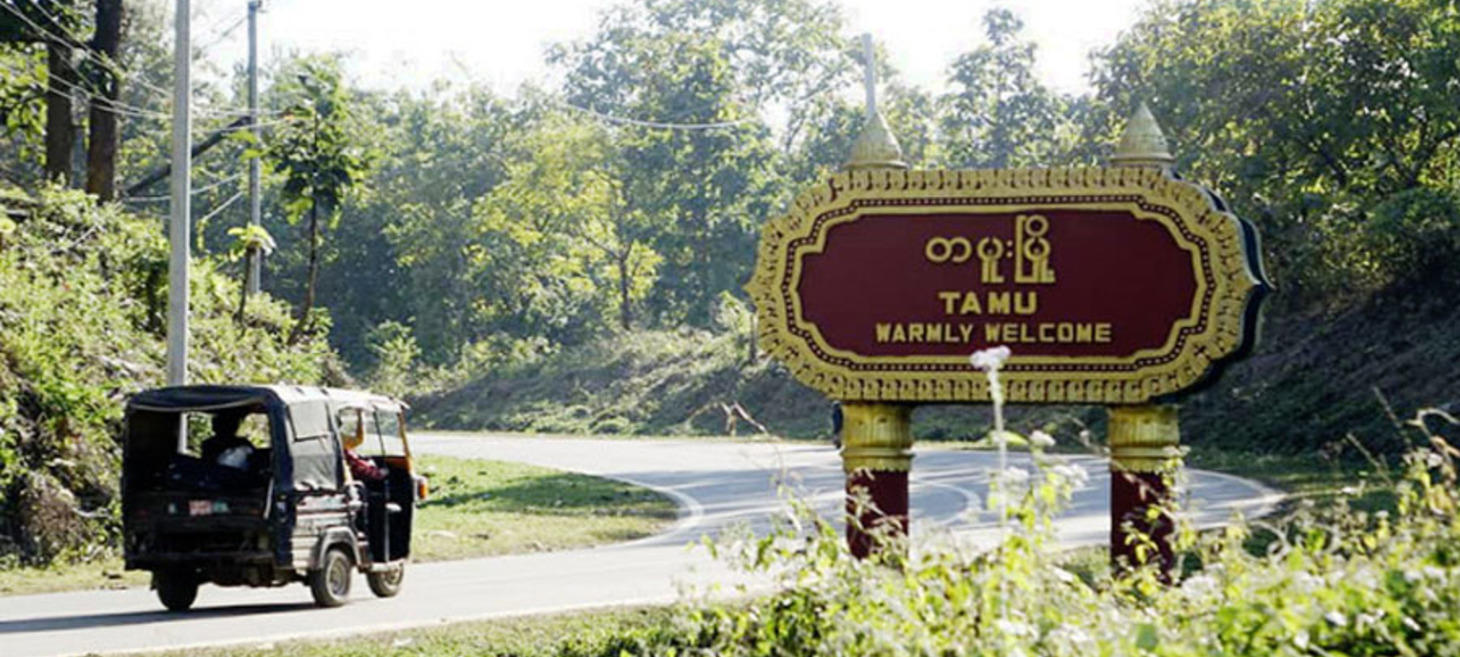
Resistance Forces Blockade Tamu Town
Since April 20, 2025, resistance forces seeking to take control of Tamu Town in Myanmar's Sagaing Region have implemented a strict blockade on all supply routes into the town, including those originating from the Indian border and elsewhere in Myanmar. While the junta maintains control of Tamu Town and the nearby border crossing bridge, the resistance forces control the surrounding Tamu Township and the routes connecting the border bridge to the town. The blockade was initiated as part of preparations to launch an operation focused on Tamu Town, with resistance forces warning the public not to violate the ban on transporting goods and stating that strict action will be taken against violators, including internal punishment for resistance members accepting bribes. This blockade has reportedly led to soaring prices and shortages of essential goods like food, beer, liquor, cigarettes, and betel leaves within Tamu Town. Although fighting has not yet occurred in the town itself, some residents have evacuated across the border into India or to other safer areas, while others have packed their belongings in readiness to leave quickly if fighting breaks out.
Crime & Narcotics
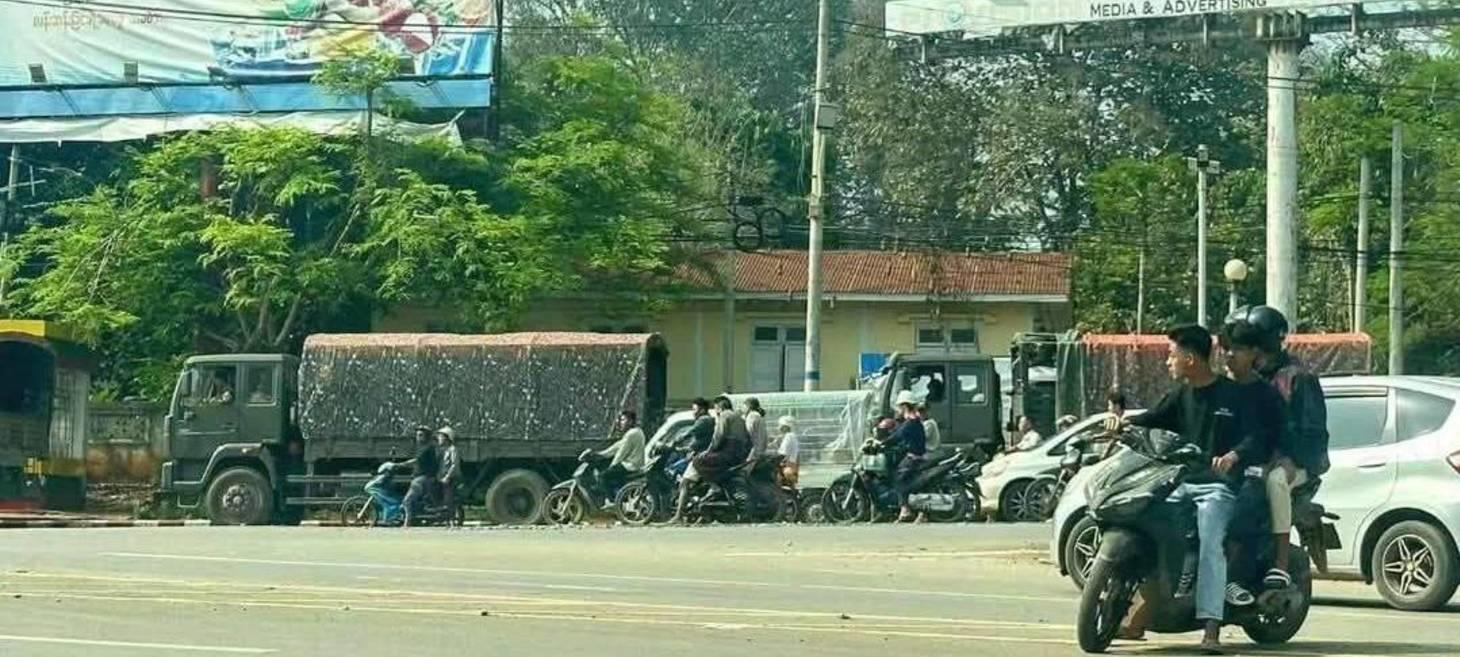
Crimewave in Lashio City as Junta Takes Back Control
Following Chinese-brokered peace talks in January 2025, the Myanmar National Democratic Alliance Army (MNDAA) agreed to leave Lashio City by April 21, 2025, and hand control back to the junta, which re-entered the city with heavily armed troops on April 22, 2025. Since the junta took back control, crime has become rampant in Lashio City, particularly during the transition period when the MNDAA had left and the junta had not yet fully re-established itself. Residents report that junta soldiers are mainly focused on clearing old positions, allowing thieves and bandits to carry out bold robberies, warning them that security is lacking, and advising vigilance.
Foreign Affairs

China’s Disaster Diplomacy in Myanmar
China's response to the March 28, 2025 earthquakes in Myanmar, which caused damage in regions including Sagaing, Mandalay, and Shan state, as well as neighbouring Yunnan province and Thailand, is described as an example of disaster diplomacy, strategically using international aid to address disasters. China was one of the first countries to respond with search and rescue teams and extensive emergency and humanitarian supplies, including medical kits, food, tents, and disease prevention materials, alongside financial aid of over 1 Billion RMB. This effort involved various institutional channels, such as central and provincial governments, the Chinese PLA and PLAF, the China International Development Cooperation Agency (CIDCA), foundations, business enterprises, and civilian volunteers, with the Chinese Embassy in Myanmar actively providing updates. The messaging in media emphasized China's role as the "first international response" and framed the aid within narratives of age-old "Pauk-Phaw" friendship and building a "China-Myanmar community with a shared future" to enhance China's soft power and project itself as a responsible regional leader. These actions demonstrate China's interest in deepening its influence in Myanmar, integrating humanitarian relief into its broader foreign policy goals, and have important implications for India and its own role as a regional leader.
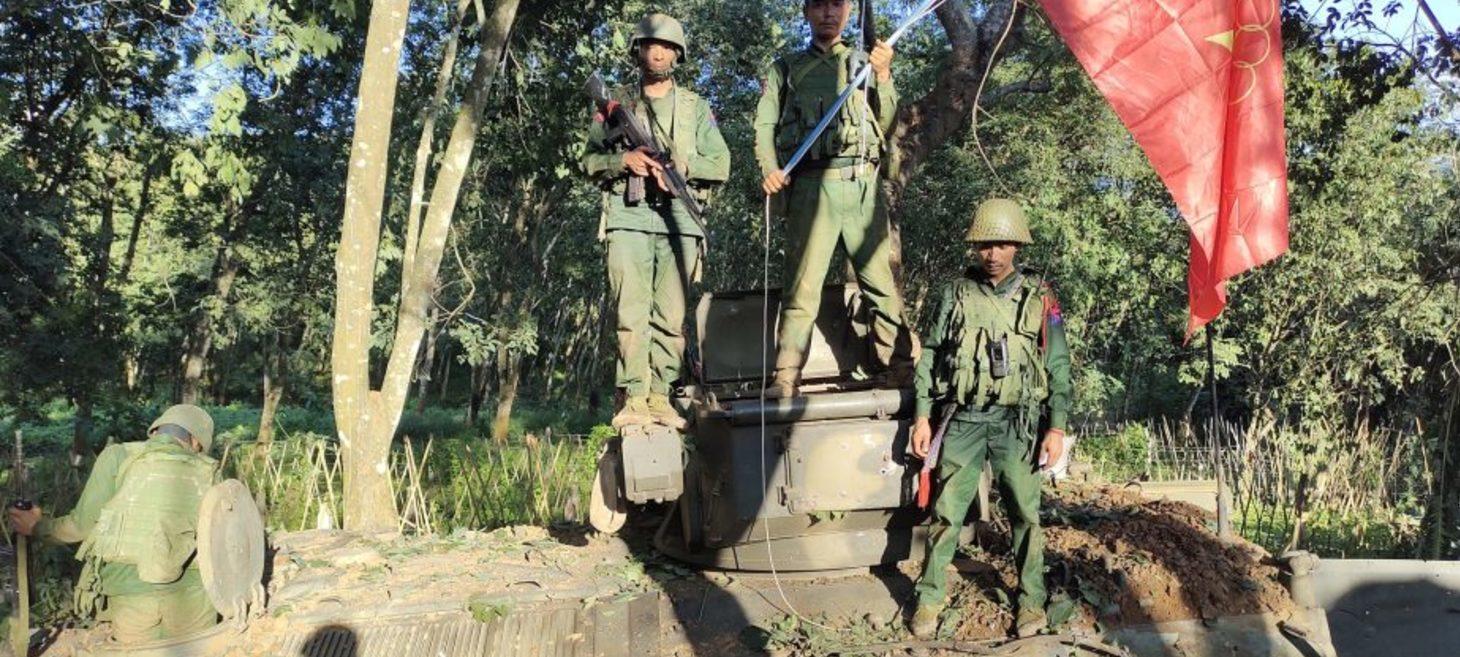
China Decides How Far the Resistance Can Go in Myanmar
Myanmar is entrenched in a complex, multifront civil conflict since the 2021 coup, marked by widespread grassroots resistance, the emergence of over 500 new armed groups, and intense clashes, including significant operations like Operation 1027 that dealt blows to the junta by seizing territory and key strongholds. Amidst this instability, China has emerged as a powerful, assertive force, recalibrating its approach from official non-interference to actively shaping outcomes through coercive mediation and diplomatic pressure to protect its strategic investments and manage its border. This strategy involves "ground balancing" to maintain a politically fragmented but territorially intact Myanmar that serves China's long-term interests, effectively capping the military aspirations of resistance forces when China's core interests are threatened and promoting a "conflict termination model with Chinese characteristics". China's growing influence occurs against a backdrop of reduced Western engagement and holds significant geopolitical risks, potentially leading to either global neglect, where a distracted international community cedes ground allowing China to dictate Myanmar's future, or destructive geopolitical competition, where the country becomes a theater for rivalry, both outcomes threatening Myanmar with fragility and foreign manipulation rather than sustainable peace.

JUNTA’S RETURN TO LASHIO: Indignity and shame abound Myanmar’s loss of sovereignty is now evident
The Myanmar National Democratic Alliance Army (MNDAA) withdrew from Lashio on April 22, 2025, resulting in the military council (SAC) regaining partial administrative control of the city. This complex and observed handover process was facilitated and monitored by a Chinese ceasefire monitoring team led by China's special envoy Deng Xijun, who reportedly directed both parties and personally supervised the process, including visiting key areas like the airport. Under the specific arrangement, the SAC is permitted to administer 12 urban wards, covering approximately 1% of Lashio's total area but half of its pre-war population, while the MNDAA retains control over 450 villages, encompassing 99% of the area and the other half of the population, with China indicating it will closely monitor this division. Although China states it respects Myanmar's national sovereignty and is assisting the peace process at the request of relevant parties, this event is widely criticized by figures such as a senior member of Ma Ba Th and a USIP director as a breach of Myanmar's sovereignty and a blatant example of Chinese interference, particularly given the junta's inability to retake the city necessitating reliance on China's leverage over the MNDAA. This development is seen as the beginning of "Chapter Two" in Myanmar's Spring Revolution, marked by the significant influence of the "China factor", presenting a challenging new reality for anti-junta stakeholders who must now navigate China's prominent presence in the country's political landscape.
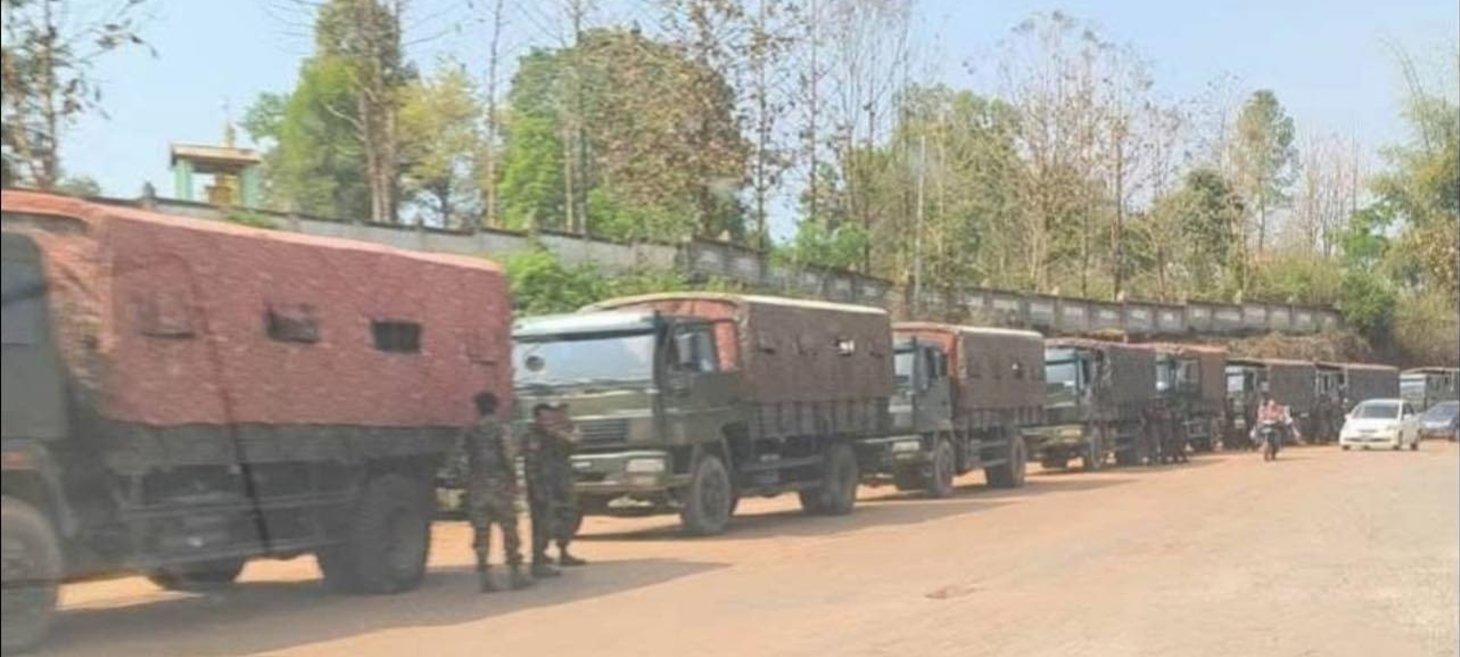
Lashio in Limbo: Residents Trapped Between Military Rule, Chinese Influence
Lashio in Northern Shan State is undergoing a tense transition as the Myanmar National Democratic Alliance Army (MNDAA), or Kokang army, has begun relinquishing control of the city to the military council, a handover widely believed to be brokered under significant pressure from China. This process involved high-ranking military officials and Chinese diplomats, including China’s Special Envoy for Asian Affairs, Deng Xijun, arriving for negotiations and a Chinese "Ceasefire Monitoring Team" entering the city. While diplomacy is suggested on the surface, residents are experiencing fear, uncertainty, and a lack of agency, with concerns about potential violence and deterioration of basic services, particularly healthcare, due to lack of supplies and exorbitant medicine prices. China's influence is clearly growing, with reports of plans for a trade or consular office and the Kokang army establishing a liaison office, leading to the perception that Lashio is becoming a buffer zone for China, with both the military and Kokang following Beijing's lead. For the people of Lashio, this power shift makes them feel like "toys in a game," powerless and manipulated by foreign powers, as trilateral talks concluded without public disclosure of outcomes while military presence increases.

China Decides How Far the Resistance Can Go in Myanmar
Myanmar is entrenched in a complex, multifront civil conflict since the 2021 coup, marked by widespread grassroots resistance, the emergence of over 500 new armed groups, and intense clashes, including significant operations like Operation 1027 that dealt blows to the junta by seizing territory and key strongholds. Amidst this instability, China has emerged as a powerful, assertive force, recalibrating its approach from official non-interference to actively shaping outcomes through coercive mediation and diplomatic pressure to protect its strategic investments and manage its border. This strategy involves "ground balancing" to maintain a politically fragmented but territorially intact Myanmar that serves China's long-term interests, effectively capping the military aspirations of resistance forces when China's core interests are threatened and promoting a "conflict termination model with Chinese characteristics". China's growing influence occurs against a backdrop of reduced Western engagement and holds significant geopolitical risks, potentially leading to either global neglect, where a distracted international community cedes ground allowing China to dictate Myanmar's future, or destructive geopolitical competition, where the country becomes a theater for rivalry, both outcomes threatening Myanmar with fragility and foreign manipulation rather than sustainable peace.
General News
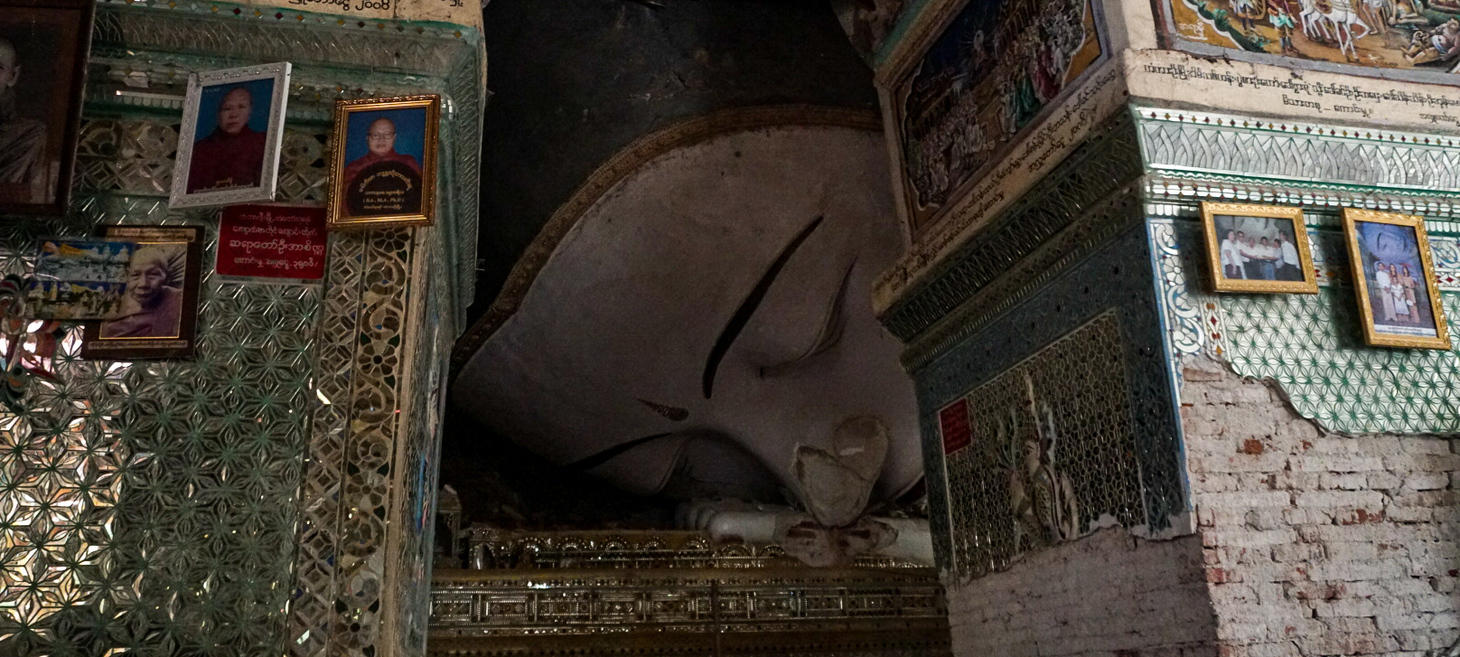
Lost to history: Myanmar heritage falls victim to quake
A massive magnitude-7.7 earthquake struck Myanmar last month (relative to April 29, 2025) in the country's historical heartland. This tremor devastated ancient heritage, causing centuries of sacred history to tumble down. Thousands of monasteries and pagodas were affected. Specifically, the quake razed the Nagayon Pagoda in Mandalay, the last royal capital, decimating ancient heritage there. An 83-year-old resident, Khin Sein, had prayed at this pagoda for most of her life, and it was adorned with a 200-year-old carving of a sacred serpent, which was reduced to a heap of masonry with its head half-buried. A reclining Buddha statue at the Paung Legyi Pagoda in Mandalay's Tada-U Township also had its head toppled face down. In addition to the heritage loss, the disaster claimed more than 3,700 lives.
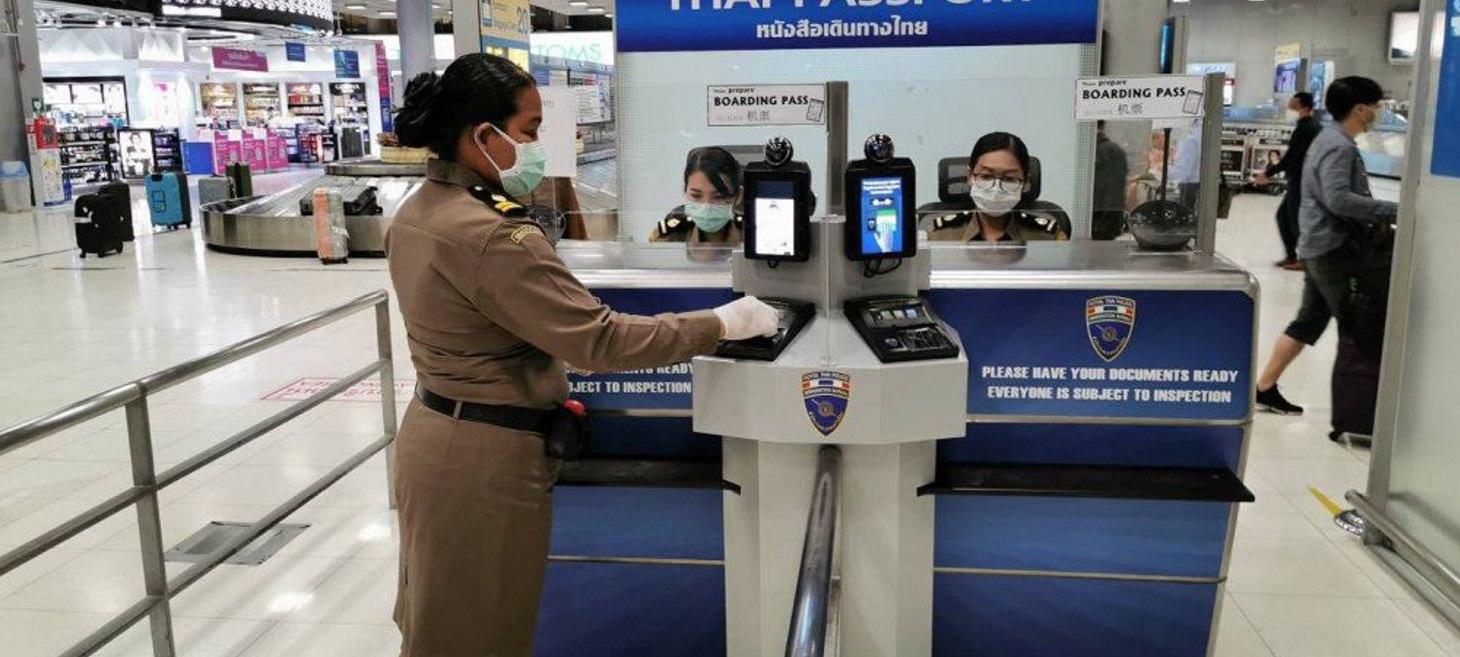
Foreign tourists to register in online arrival card before entering Thailand
Starting May 1st, foreigners entering Thailand must complete online registration for the Thailand Digital Arrival Card (TDAC). This registration should be done at least three days before traveling to Thailand. The Royal Thai Embassy to Myanmar announced this requirement on April 22nd in an emergency notification for foreign tourists. The stated goal is to improve the efficiency of the Thailand immigration process and enhance travel convenience. Registration is available online at http://tdac.immigration.goth, and detailed information on the steps for filling out the form can be found on the Thailand Immigration website.

Myanmar canceled flights with Russia
Myanmar has canceled all flights in the spring-summer schedule with Russia, specifically suspending the single flight route from Russia to Myanmar (Yangon — Mandalay — Novosibirsk). According to Stanislav Taravkov, the commercial director of Novosibirsk Tolmachevo airport, this action was taken amid low traffic and a strong earthquake that occurred in Myanmar in the spring. Taravkov stated that before the suspension, the load on the route was not very high, despite efforts by the airport to support the carrier with promotions. He expects the carrier may return to operating flights in the autumn-winter schedule.
Humanitarian

Myanmar Refugees in Southeast Asia Struggle After US Aid Cuts
Refugees in Malaysia, Thailand, and Indonesia, many fleeing civil war in Myanmar, face arduous conditions as these countries are not party to the 1951 Refugee Convention and treat them as illegal immigrants, forcing many to work or attend school informally to survive. Although these countries allow UNHCR to operate and register refugees, providing some protection from harassment, the process can take months or years. The situation has been exacerbated by Trump administration USAID funding cuts, which significantly reduced UNHCR's capacity and crippled an ecosystem of refugee NGOs in Southeast Asia. Local organizations like ACTS saw a reduction in vital health services due to the loss of U.S. grants, while critical partners like ICMC, which offered shelter and mental health support, were forced to close, leaving vulnerable groups like women and girls with fewer resources. Additionally, the suspension of the global U.S. refugee resettlement program, which had been the primary pathway for Myanmar refugees, means the vast majority will remain in ASEAN countries for the foreseeable future. Experts are calling for ASEAN countries, particularly Malaysia and Indonesia, to grant refugees legal status, including the right to work and formal education, arguing that this would不仅 significantly improve refugees' lives but also benefit the host countries' economies through increased GDP contribution and taxes, as well as facilitate integration. Despite the worsening crisis in Myanmar, ASEAN has been criticized for its lack of a regional protection framework, relying on the non-interference principle. Refugees like Van continue to navigate the challenges of daily life, facing stigma while hoping for legal status and the ability to work and study peacefully.

Humanitarian needs remain pressing a month after Myanmar's deadly quake
One month after a 7.7 magnitude earthquake struck Myanmar, impacting six regions and states including the capital Naypyitaw, hundreds of thousands of survivors are in urgent need of humanitarian aid. The earthquake and its numerous aftershocks have resulted in a significant death toll of 3,770, with thousands more injured and over 100 missing, causing extensive damage to buildings, infrastructure, and communication networks. Living conditions for survivors remain dire, with critical needs for safe shelter, clean water, sanitation, and healthcare. Compounding the crisis, military airstrikes have reportedly continued across multiple regions despite declared ceasefires, primarily targeting civilian areas and resulting in additional casualties, exacerbating the suffering in a country already affected by years of civil conflict that had displaced millions. While some reconstruction has begun in Naypyitaw, many earthquake victims who lost their homes are still living in makeshift shelters under challenging conditions, including high temperatures and the looming threat of the rainy season and waterborne diseases.